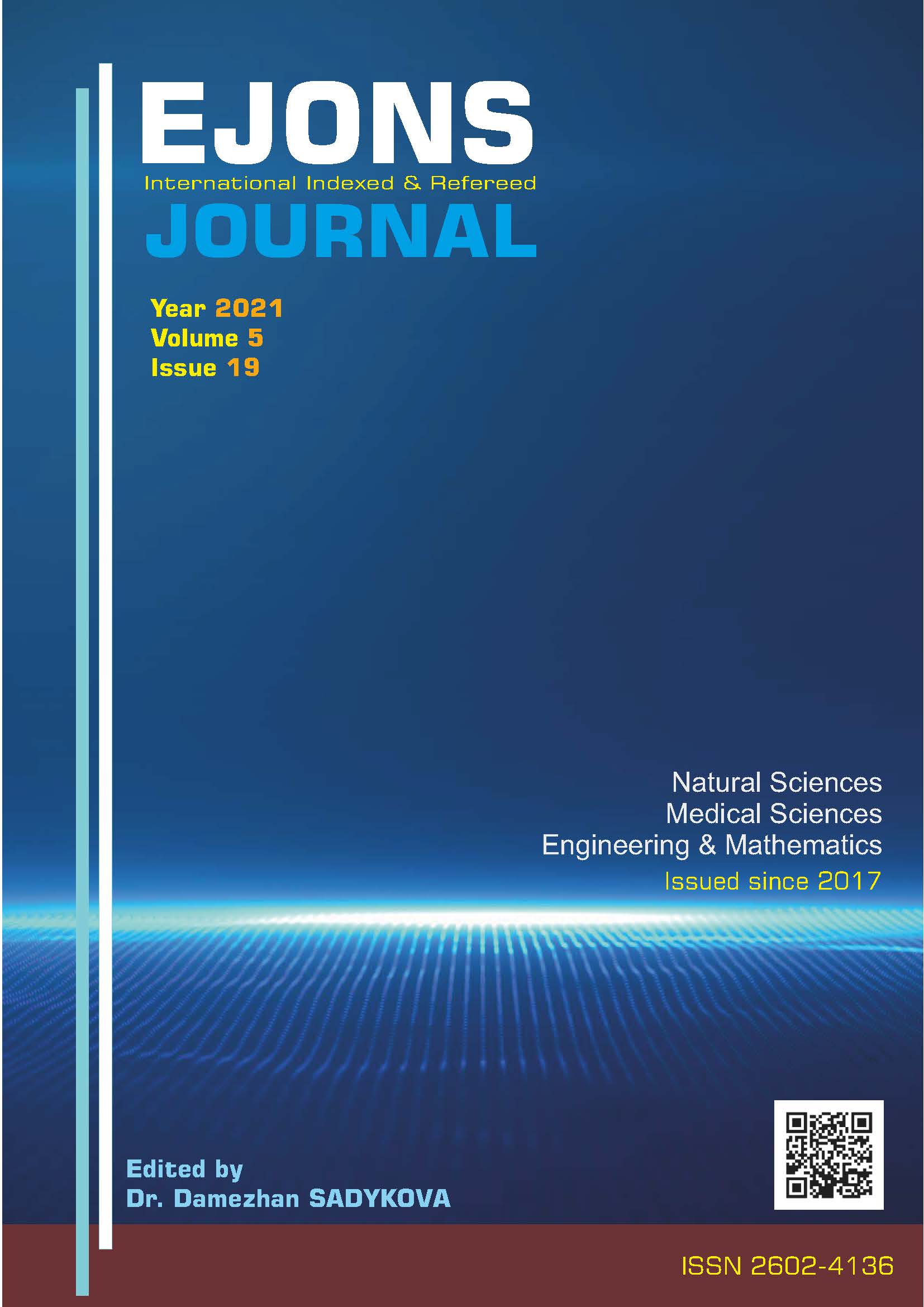DETERMINATION OF TOBACCO PRODUCT USE AND CIGARETTE ADDICTION LEVELS OF MEDICAL FACULTY STUDENTS
DOI:
https://doi.org/10.38063/ejons.468Keywords:
Tobacco, smoking, addiction, medical studentsAbstract
Tobacco use is one of the most important public health problems due to its serious addiction potential as well as being the first among the preventable causes of death. In this study, it was aimed to determine the use of tobacco products and cigarette addiction levels of medical faculty students. The population of the cross-sectional study conducted between October-November 2019 consists of 756 students at Gaziosmanpaşa University Faculty of Medicine. Without calculating the sample size, a questionnaire form including questions about descriptive characteristics, tobacco product use, Fagerström Nicotine Dependence Test (FNDT) and thoughts with statements about combating tobacco was administered face-to-face to the volunteer students. According to the FNDT score, it was classified as 0-2 very lightly, 3-4 mildly, 5 moderately, 6-7 severely and 8-10 very severely dependence. In the analysis of the data, numbers and percentages were used for descriptive statistics, and Chi-square test was used for comparisons between groups. Statistical significance level was taken as p<0.05. 64.8% of the 471 students participating in the study were women; 19.5% 1st grade, 13.8% 2nd grade, 17.8% 3rd grade, 15.9% 4th grade, 15.7% 5th grade, 17.2% of them were in the 6th grade. 46.9% of them were staying in student houses and 36.7% in dormitories. The maternal education level was 31.4% primary school or less, 21.2% secondary school, 22.7% high school, 24.6% university; father's education level was 9.6% primary school or less, 11.9% secondary school, 29.1% high school, 49.5% university. 37.2% (n=175) of the students have used any of the tobacco products at least once (93.1% are cigarettes, 58.9% are waterpipe, 34.9% are rolled tobacco, 26% are 3 cigars/pipes, 24% electronic cigarettes, 1.1% snuff), 16.3% (n=77) stated that they still smoke. It was determined that 63.6% of the current smokers were very lightly, 16.9% mildly, 3.9% moderately, 10.4% severely, 5.2% very severely addicted. There was no statistically significant difference between the smoking addiction levels of the students according to their gender, class, place of residence, mother's education level and father's education level (p>0.05). 40.3% of smokers stated that they started at the age of 16-18 (the youngest is 10 years old, the oldest is 23 years old). The first three reasons for smoking were curiosity (48.1%), smoking by close friends (39%) and insistence by friends (18.2%). 39% of smokers wanted to quit, 66.2% had tried to quit. 11.5% of those who used one of the tobacco products at least once stated that they still smoke waterpipe and 1.7% stated that they still use electronic cigarettes. 63.9% of the students do not agree with the statement that the smoking bans in indoor areas are not followed adequately, 63.5% of the students do not agree with the statement that the medical students smoke less than other students, and 69% of the students stated that it should be forbidden for health workers to smoke in public in their official clothes such as white coats and uniforms. In conclusion, it was found that one third of the students in the medical faculty used any tobacco product, 16.3% were still smokers, and 15.6% were severely/very severely addicted to cigarettes. It should be ensured that awareness raising interventions are made to prevent the use of tobacco products and cigarette addiction, which is common in medical students, who are future doctors.
Downloads
Published
How to Cite
Issue
Section
License

This work is licensed under a Creative Commons Attribution-NonCommercial 4.0 International License.


